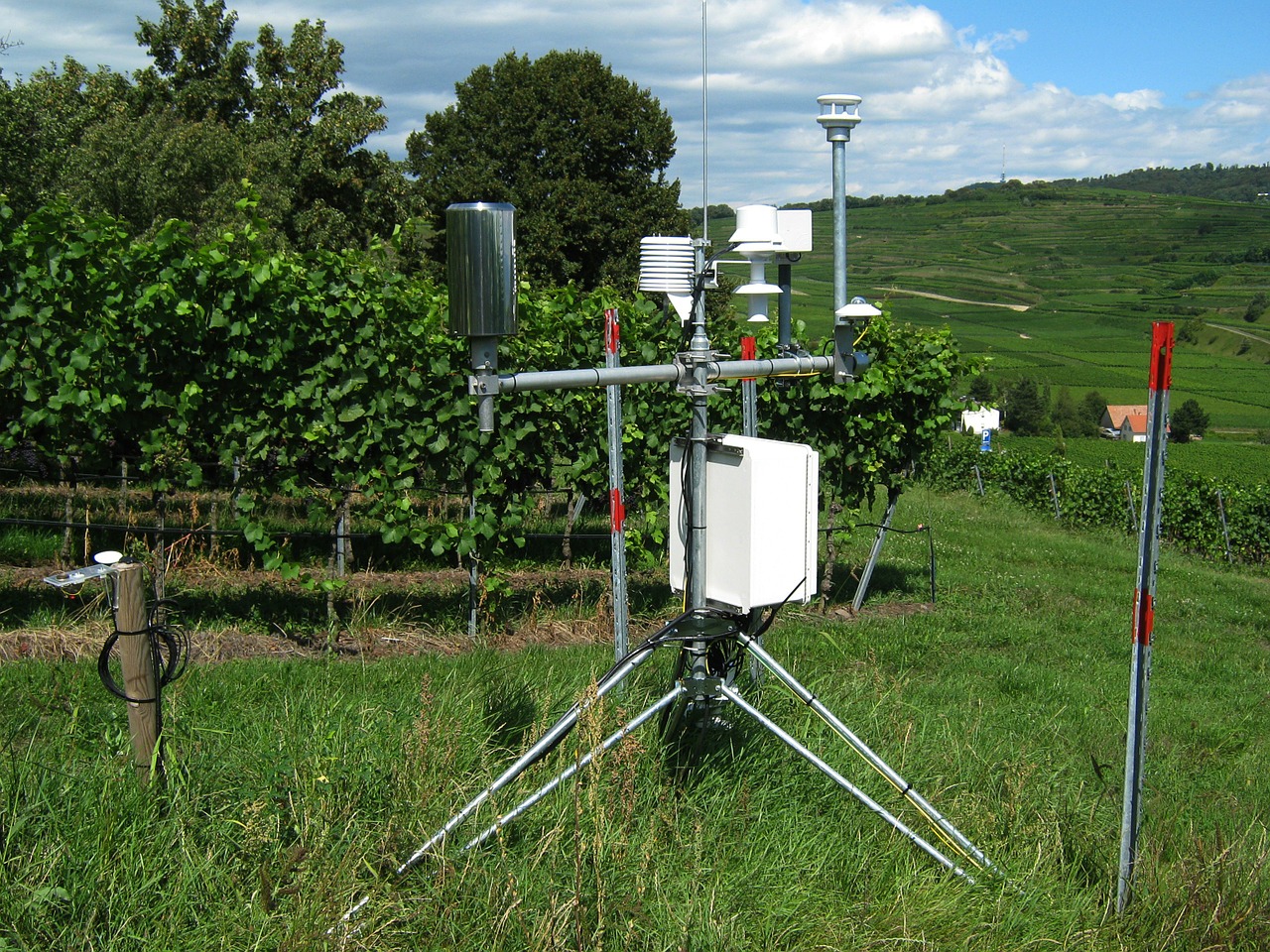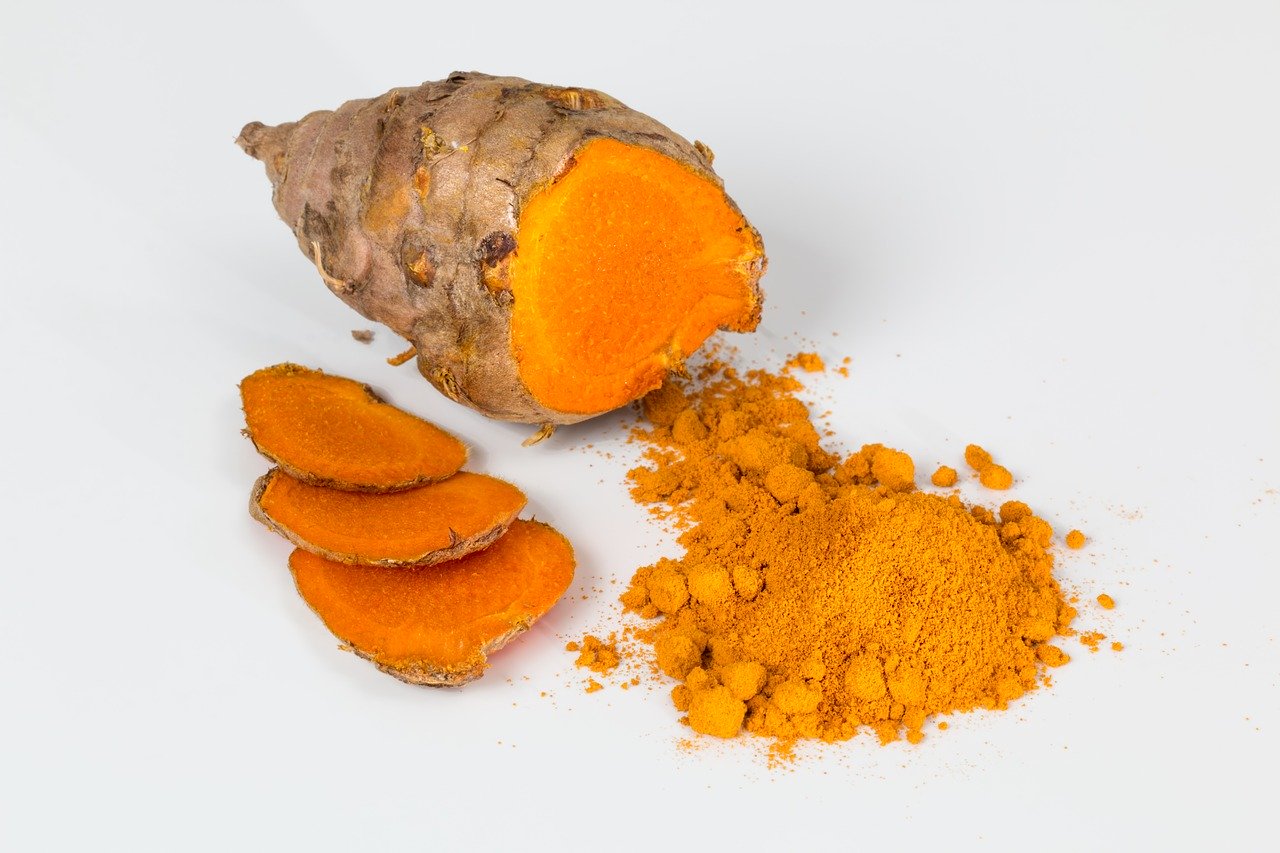
New Weather Prediction Systems to Help IMD Fine Tune Forecasts
- News
- 1.7K
Weather forecasts from India Meteorological Department (IMD) are all set to undergo major improvement with the commissioning of two very high-resolution weather prediction systems.
The new systems would have a resolution of 12 km grid scale, marking a big jump from the present level of 23 km. In addition, it will be based on a 20-point ensemble system that would generate a range of forecasts using slightly varying initial conditions.
“The aim is to generate a probabilistic type of forecasts for the different intensity of rainfalls and other parameters for smaller areas of the size of about one administrative block,” Dr. Madhavan Rajeevan, secretary of the Ministry of Earth Sciences said while commissioning the two new systems.
The two prediction systems would operate in a coupled mode and are expected to significantly enhance weather information being provided by the current models by quantifying the uncertainties in weather forecasts and generate probabilistic forecasts. The systems have been put together by scientists at Indian Institute of Tropical Meteorology, Pune, and National Centre for Medium Range Weather Forecasting, Noida and IMD.
The systems would particularly be of help to disaster management authorities and other stakeholders in making better emergency response decisions by explicitly accounting for uncertainties in weather forecasts. Besides, it will be very useful to various sectors of the economy including agriculture, tourism, and renewable energy,” he added.
The forecasts products from the two prediction systems would be available at the following links: http://nwp.imd.gov.in/gefspro.php and http://www.ncmrwf.gov.in/product_main.php. The forecasts will be available for a period of 10 days at a time.
The new system, D.r Rajeevan noted, is a result of the recent upgradation of computing capacity to eight petaflops at a cost of Rs. 450 crore. “The frameworks of the new systems are among the best weather prediction systems in the world at present. Very few forecasting centres in the world use this high resolution for short-medium range probabilistic weather forecasts”, he added.
MoES has set up a special committee to help IMD make focused efforts to improve its capacity to forecast on thunderstorms, which have been on the increase in recent times. MoES is also working to implement a more effective mechanism for dissemination of weather and climate forecasts to different stakeholders using different communication channels. “MoES is committed to transform India into a `Weather ready’ country,” Rajeevan said. (India Science Wire)
By Sunderarajan Padmanabhan
For the latest Science, Tech news and conversations, follow Research Stash on Twitter, Facebook, and subscribe to our YouTube channel


